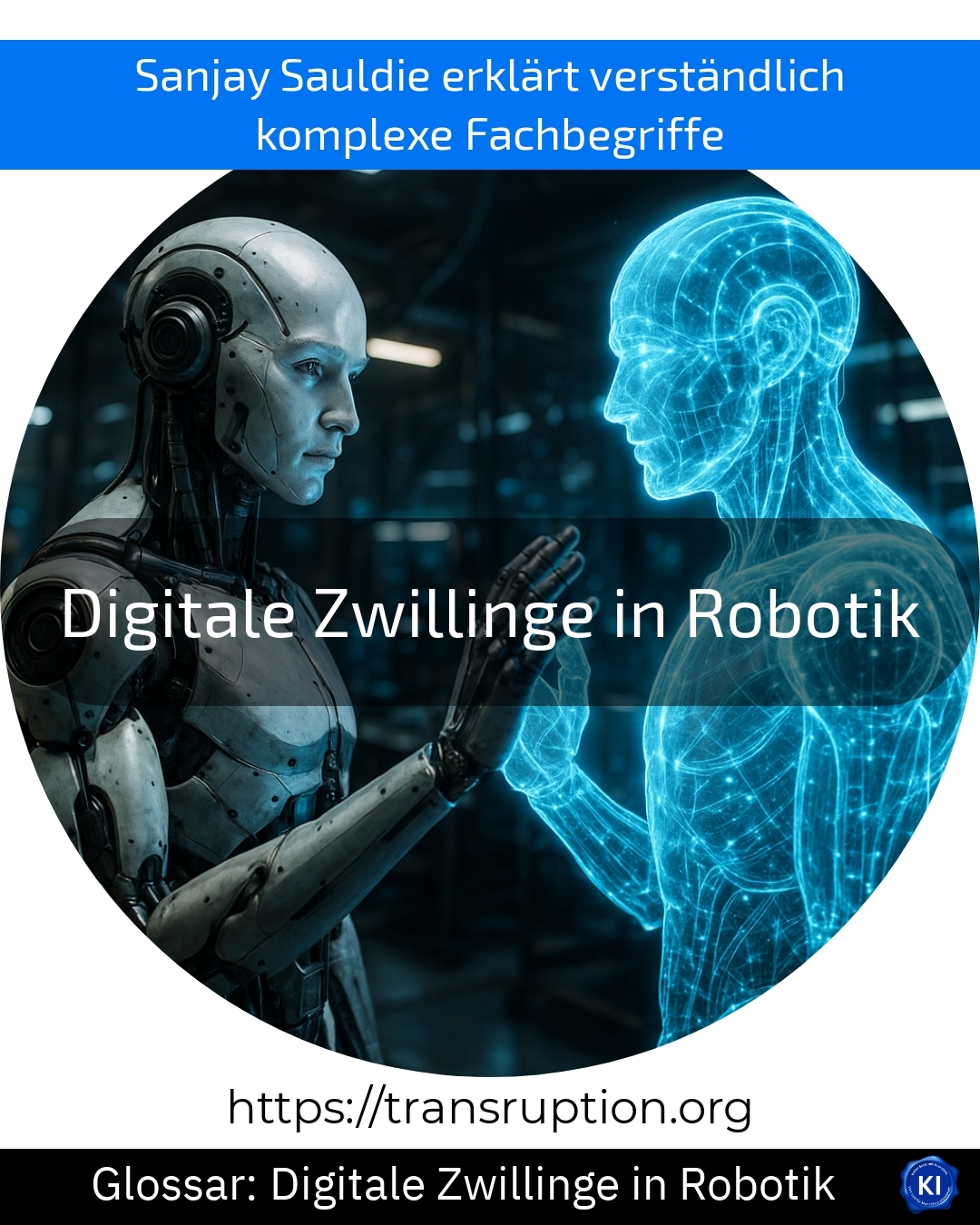Digital twins in robotics are a key topic in the fields of Industry and Factory 4.0, automation and artificial intelligence. A digital twin is a virtual image of a real robot. This means that every movement, every process and every change to the physical robot is simultaneously mapped in the digital model - and vice versa.
Digital twins can be used to simulate, test and improve processes before the real robot goes into production. This not only saves time and money, but also increases safety. Errors are recognised and rectified early on in the digital model so that they do not even occur in the real world.
A practical example: A company wants to develop a new robot arm movement for assembly. With the help of a digital twin, this new movement can first be tested virtually. The real robot is only programmed once everything is running optimally. This minimises downtimes in production and allows innovations to be implemented more quickly.
Digital twins in robotics therefore enable efficient, safe and innovative development and control of robots - directly understandable without any technical background knowledge.















